The world is quickly changing; temperatures increasing, storms surging, political movements rising and falling, and we find ourselves simultaneously more connected and divided. In response to these dynamic changes and the mounting crises from climate change, individuals and organizations can look to nature as both a guide and a source of inspiration for a better way forward. We want to acknowledge that these are not new ideas; Indigenous People have looked to nature as a teacher and guide since time immemorial. It’s time we reconnect with and re-learn from the oldest expert in adaptation and resilience: nature.
Doing meaningful work in complex systems is challenging. The constant flood of new information, increasing pace, competing priorities, counter-intuitive feedback loops and unpredictable consequences can quickly become overwhelming. Understanding our own context and taking a collaborative approach are critical steps in reaching our goals as a thriving society. In our natural world, organisms must not only perceive their place within ecosystems but also be able to adapt – this is the difference between surviving and thriving. Before you can adapt to a complex ecosystem you must understand it and where you fit. While we are drawn to predictability and control, it is through surrendering to complexity that we are able to respond, innovate, and therefore thrive. ASI incorporates these competencies into our Transition Leadership competency domains and all of our engagements.
The success of an organism within a complex system is determined in part by its ability to fit into a niche. In the natural world, a niche describes the role an organism plays in a larger ecosystem. In nature, change often brings new opportunities for niches to emerge. When a large oak tree falls, it not only decomposes to generate new systems, but the dense canopy opens up, producing a new sunny patch in which new life can flourish. The most resilient ecosystems are not only adaptable but diverse. Similarly, the most resilient organisms are both adaptable and diverse in their skill sets. Identifying a niche for your organization is important, but it is equally important to support and nurture the skills, abilities, and competencies of your employees so that you are more capable of innovating when opportunities arise.
When organizations nurture diversity amongst their employees, allowing them to have their own niches and interests, they contribute to the development of a stronger and more resilient environment.
When organizations nurture diversity amongst their employees, allowing them to have their own niches and interests, they contribute to the development of a stronger and more resilient environment. Providing employees opportunities to advance their skills through additional education and training – also known as upskilling – is a key way employers can build a more diverse, resilient and effective workforce. In the same way ecosystems cannot function without a diverse range of animals, plants and organisms, we cannot build healthy workplaces without a diversity of skillsets, opinions, experiences and ideas.
The plants, animals and organisms that make up resilient ecosystems do not work in isolation; the relationships and collaborations that emerge within these systems are critical to their success. Lichen is formed from a symbiotic relationship between algae and fungus, creating a resilient structure for food, shelter, and protection from the elements; while underground mycorrhizal networks pass along vital nutrients and signals between trees in a forest. We learn from these interconnected relationships in nature that we are strongest when we work together, share resources, and support each other. Climate change and its compounding impacts are not siloed, and neither should our approaches be to adapting to and overcoming these challenges. By connecting, collaborating and building supportive, interconnected networks we can develop a strong root system that is able withstand the mounting challenges.
In our natural systems, the stage of release (i.e., death) is an important part of the ecosystem; it is intricately linked with birth and regeneration. Death is often a new beginning – when one thing dies, it allows something new to emerge. Inspired by C.S. Holling’s work on ecological resilience, both destruction and renewal are seen as critical elements of resilient, adaptable and healthy systems. In order to become more resilient, workplaces must better understand how and when to let go. In ASI’s discussion paper on Breakthrough Leadership for Transition, resilience is identified as a key practice of transition leadership. Natural, undisturbed systems are likely to be in an impermanent, transient state. Similarly, the conditions in which we work are constantly in flux. When organizations start adapting to change instead of resisting it, they can begin to cultivate a broader awareness and respond more proficiently and gracefully to what else might be emerging.
If nothing else, our natural world reminds us to be patient. Change can happen overnight, but more often than not, it takes time. We don’t always know, or see, how our small actions affect the whole, but we can look towards our ecology for reassurance that small changes do have an impact. A whale’s death can give rise to whole new ecosystems, the beaver can turn a forest into a swamp, lichens can build soil on lifeless islands and, perhaps most famously, the reintroduction of wolves to an ecosystem can have such resounding and cascading impacts that it changes the way rivers flow. Though we cannot always predict it, or even see it, we do know that small actions can lead to important changes. So, be patient, and if in doubt, look out your window for inspiration.
If you are interested in exploring Adaptive Leadership inspired by nature, please join us for the Collaborative Leadership for Climate Action online course from March 27 – April 23, 2023. To view all our course offerings, visit our website.


